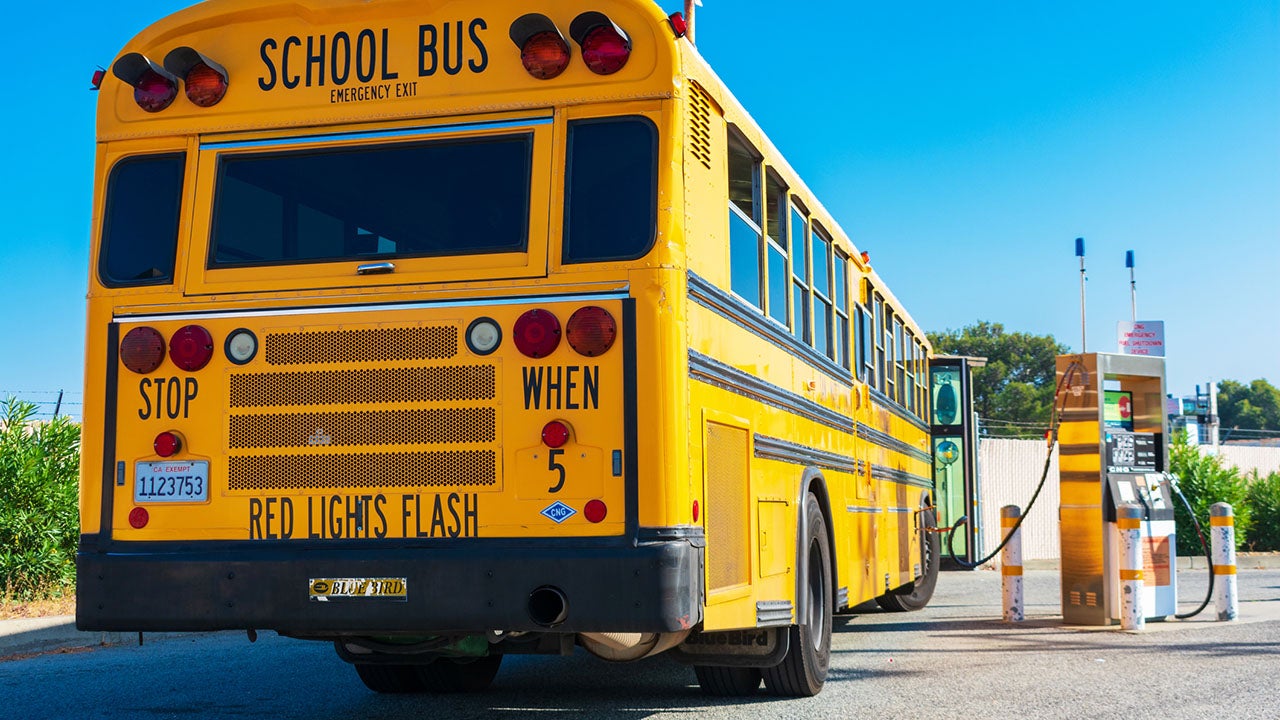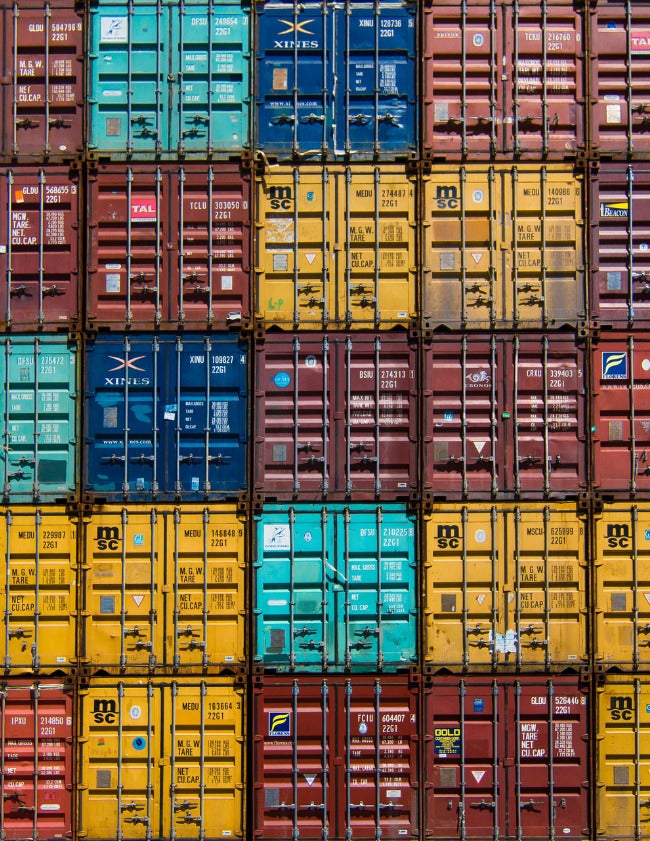The Russian invasion of Ukraine has underscored the importance of energy independence and reliability. Europe’s supplies of oil and natural gas are under deep threat, and the US boycott of Russian oil, among other global factors, has sent the price of gasoline through the roof. But beyond the short-term pocketbook implications of the Eastern European conflict, economists and strategists are raising some important questions about the security and costs of America’s energy supplies.
For more than a century, fossil fuels have been the primary source of our energy. The American economic miracle was made possible by the coal, oil, and natural gas plants that supplied electricity, simply and dependably, at the flip of a switch. But we are paying an ever-increasing and terrible price for that convenience. The pollution and greenhouse gasses emitted by those fossil fuel plants have been heating the planet, changing climate, and damaging our health.
Alternative energy is the obvious solution, but our definition of that is likely too narrow. We’ve been looking mostly to the sun and wind to provide clean energy for our cars, homes, and industries. But the sun and wind aren’t always there, making their energy intermittent. For a nation that needs 24/7 reliability, that is a problem.
Germany serves as a real-life example. The country invested hundreds of billions in renewables to replace its nuclear power plants. But as nuclear plants were phased out, Germany needed dependable gas-fired plants to make up the difference. Instead of declining, emissions reached an all-time high in 2021. And it’s been expensive. German electricity rates have become the highest in Europe. With the Russian threat to their supply of natural gas, Germany is now backtracking and considering how to reopen its reactors.
Why did this happen? Wind and solar failed to fill the gap because, among other things, analysts didn’t account for changing weather patterns that limit renewable production. And because the energy generated by wind and solar is intermittent, utilities must pour on the coal to keep the economy running on windless nights and dark days.
Could we store up enough power for times when renewables aren’t producing? Not yet, not in time. The killer problem is scale. For renewables to cover the baseload demand, they would need storage capable of powering a national economy for days at a time. That much storage is virtually inconceivable on any practicable horizon. Tesla’s giant battery in Australia, the world’s largest, would power the state of Arizona for less than one minute.
So although renewables are a quick way to begin reducing emissions, they won’t allow us to permanently close always-on fuel plants. At present, the only existing technology for abundant, clean, reliable power is nuclear fission.
Nuclear power is also the only non-carbon energy production method that has proven to work at grid-scale. For many decades, France’s nuclear plants have provided over 70 percent of its electricity with zero emissions. Nuclear energy has been powering ships for generations. Despite scary reporting, all the data say that per unit of energy, nuclear is the safest. There are valid concerns about nuclear waste, but years of safely stored waste from all our civilian reactors would fit into one suburban Walmart.
And better nuclear plants are arriving soon. In the next 3 or 4 years, we’ll see an entirely new generation of nuclear technologies called Small Modular Reactors (SMRs). SMRs are nothing like the big older reactors. They are safer because they do not need water and giant cooling towers; if they get too hot, their physics shuts them down automatically. They can be built over and over again in factories, at a fraction of the cost of an on-site, multi-year construction project.
Perhaps most importantly, they can be trucked to where they are needed. They can power small towns or large cities and can come to the rescue when war or natural disaster causes an energy interruption. Many SMRs can plug right into the existing grid using existing powerlines. They can even commandeer the infrastructure of decommissioned coal plants. SMRs represent huge cost savings with minimal disruption to the landscape, environment, or people’s way of life.
We should continue exploring other paths, as well. We need the ability to capture all the carbon from existing fossil fuel plants. We need public and private investments to explore the potential of deep geothermal wells. But in the meantime, if we get sensible about nuclear power, we could have fleets of affordable, clean, and reliable nuclear generators working alongside solar panels and windmills, creating a grid-scale clean energy system that is weather independent and round-the-clock reliable. It would give America energy security in this increasingly dangerous world, and—arguably—make for a safer world overall.
Bill Budinger, is a scientist, entrepreneur, and inventor with 36 patents, is an American Chemical Society hero of chemistry, founder and former CEO of Rodel, Inc. (now DuPont’s electronic materials division), and lifetime trustee of the Aspen Institute. Paul Bauman, Ph.D., is an energy consultant and researcher with decades of energy policy experience with environmental organizations, the U.S Department of Energy, and the University of Colorado system.
The views and analysis expressed in this article are those of the authors and do not necessarily represent those of the Aspen Institute.


